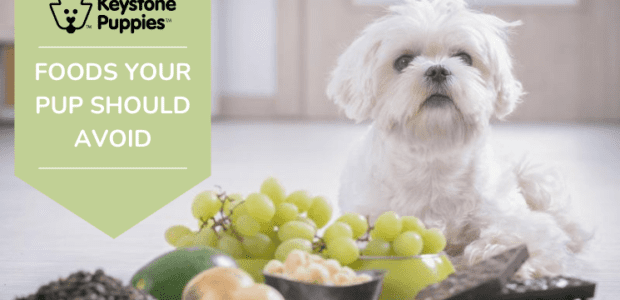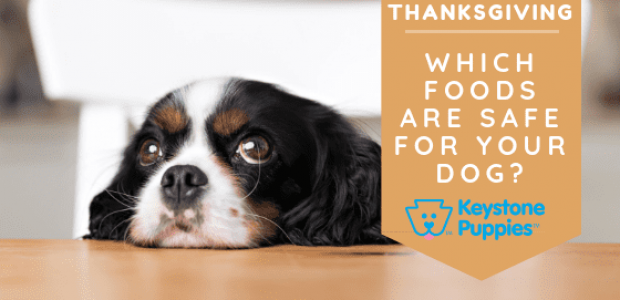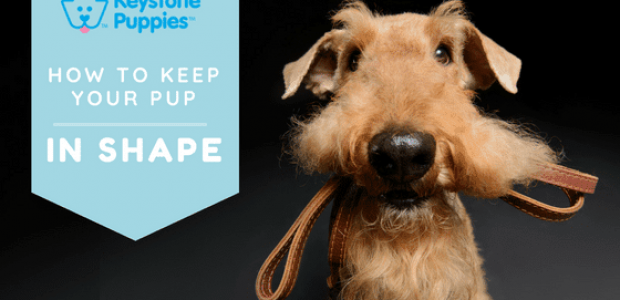6 Ways to Help Your Dog Live a Longer, Healthier Life
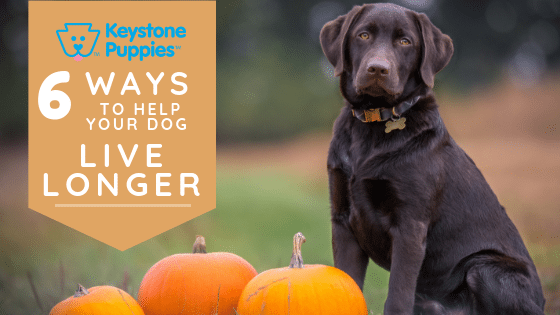
While the lifespan of dogs varies considerably among breeds, we’d all like to keep our canines pals around longer, especially if they are healthy and full of life. As a pet owner, there are many things you can do to help keep your puppy healthier, longer. Follow these tips to give your pup the best chance of reaching a healthy, older age.
1. Choose the Right Food for Your Dog
It’s important to feed your dog the right kind of food, formulated for his size and age. While some people believe that all-natural or home-made foods are better for your dog, few people are able to provide a nutritional mix that is healthier than the dog kibble at your local pet store. We recommend using commercially produced dog food as the basis of your dog’s diet.
Use dry kibble if you can, to help keep tarter low and to provide a harder chew that many dogs crave. Try to limit the amount of soft food you feed your pup. Although pups may love canned food, it’s generally higher in salt and additives and sticks to the teeth. Try to limit the amount of canned or wet food your dog consumes, or talk to your vet about the best canned or wet food for your pup.
Different dogs and breeds need different feeding schedules. Age can also affect feeding schedules. Check out our blogs on how to feed large breed puppies and how to feed small breed puppies. If you want to share bits of people food with your puppy, you’ll find helpful guides on which people foods are safe for dogs in this blog.
2. Give Your Pup Appropriate Exercise
A dog’s need for exercise varies widely. Hunters and hounds crave lots of vigorous, outdoor exercise. But lapdogs can be downright languid and are happy with short jaunts and quick outings to relieve themselves.
If your dog actively resists walks and outings, you may have a laid-back dog that is happy with short walks. However, if your dog is overweight, you may need to find ways to keep your dog interested in exercise. Check out our blogs on visits to the park, hiking, swimming in lakes and rivers, beach outings, indoor exercise for your pup, how to keep your pup in shape, and outdoor games you can play with your pup. You can also check out VetMD’s advice for dog exercise here.
If your dog chews, barks, nips, digs, or otherwise engages in destructive behavior, he probably needs more exercise to keep him calm and centered. You may need to find more time to exercise with your dog or invest in a dog walker or a doggie daycare to help your pet expend more energy. Read our tips on choosing dog walkers, daycares and kennels here. If exercise does not help reduce these behaviors, check out The Dog Whisper’s training advice here.
However, if your dog shows signs of physical distress when walking, or if their desire or ability to exercise has changed dramatically over the last few weeks or months, you should talk to your veterinarian to rule out injury or illness.
3. Maintain Your Puppy’s Healthy Weight
Is your dog overweight? While it’s easy to tell on some dogs, for others, especially those with stocky builds or shaggy coats, it may be harder to tell. Many vets recommend the “rib test.” Gently press your fingers against your dog’s rib cage. You should be able to feel the ribs beneath your finger, but not see them. If you can see them, the dog is too thin. If you can’t easily feel them or find them, your dog is probably overweight.
Dogs should have an athletic build and a tapered waist. On any breed, a protruding belly or neck fat is a sign of obesity.
Extra weight in dogs presents real health threats and increases the likelihood of diabetes, hip dysplasia, and other issues. However, weight gain may have medical causes as well, so it’s always smart to talk with your vet before embarking on a new diet or exercise regimen for your pet.
Rapid weight loss also presents health dangers, so if you’re putting your dog on a diet, make sure you pace yourself and help your dog lose weight over time.
- Gradually reduce food portions as you gradually increase time exercising
- Substitute treat time with play time
- Get rid of packaged dog treats, and keep small bits of carrot on hand instead
- Invest in a few fun ropes for tug or balls for fetch, and spend more time on the floor playing with your dog
- Stop feeding your pup table scraps but give him extra love and attention after the meal is over
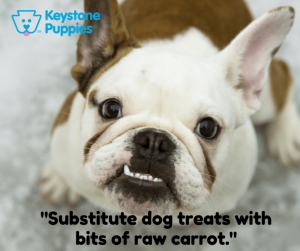
4. Schedule Regular Vet Visits for Your Canine Pal
Don’t wait until your dog is ill to visit the vet. Regular appointments allow your vet to detect health issues early on. Regular vet visits also help you monitor your dog’s weight, and will give you early warning signs that help you avoid dog obesity. And of course, keeping your canine vaccinated and updated on shots is one of the best ways to prevent illnesses and disease. Puppies will need 2-4 visits a year, and full-grown dogs should see a vet at least once a year.
5. Take Care of Your Pet’s Teeth
Many pet-owners overlook dental care, but pups can get sore or decaying teeth, too. This video from Petco will show you the right way to care for your dog’s teeth.
6. Keep Your Puppy’s Tags and ID Chips Up-To-Date
Most of us get a dog tag for our new pups, and many dog-owners get a location chip installed in their new puppies. However, whenever your address, phone number, or cell number changes, you need to update your dog’s tag and ID Chip information.
***
Keystone Puppies wants you to take care of your pup, to ensure you have a long and happy relationship. We encourage you to work closely with your veterinarian to monitor and maintain your dog’s good health. Watch your dogs weight, feed him responsibly, and give your pup plenty of walks and physical play time. If you’re not sure which dog is right for you, research over 200 breeds by clicking here. If you know what kind of dog you want, start your search for your dream dog here.




